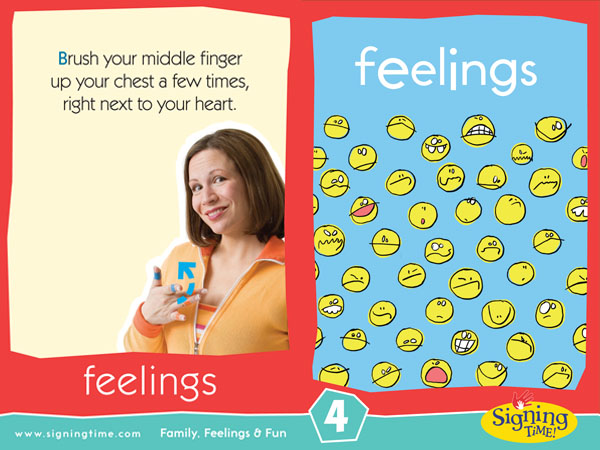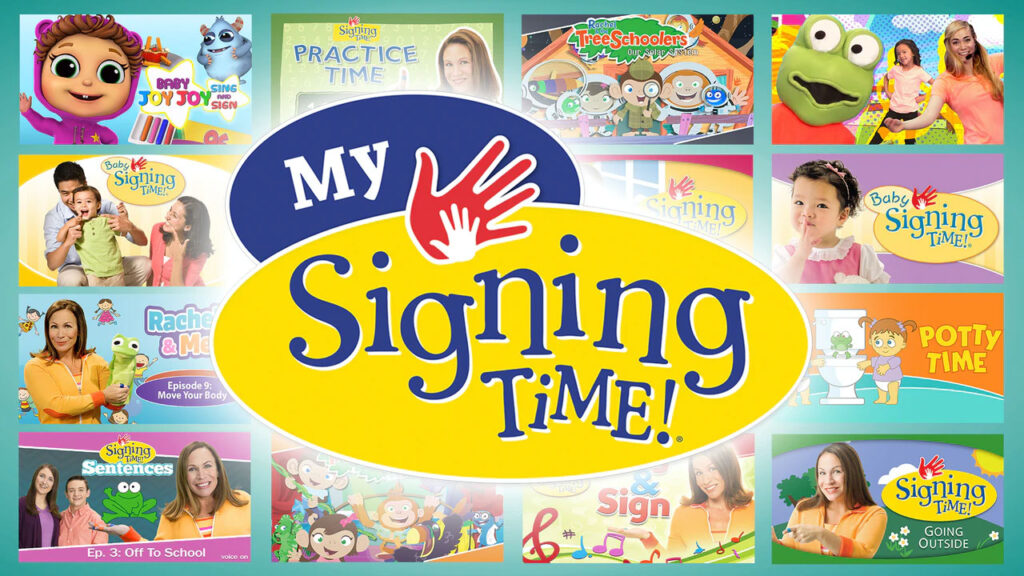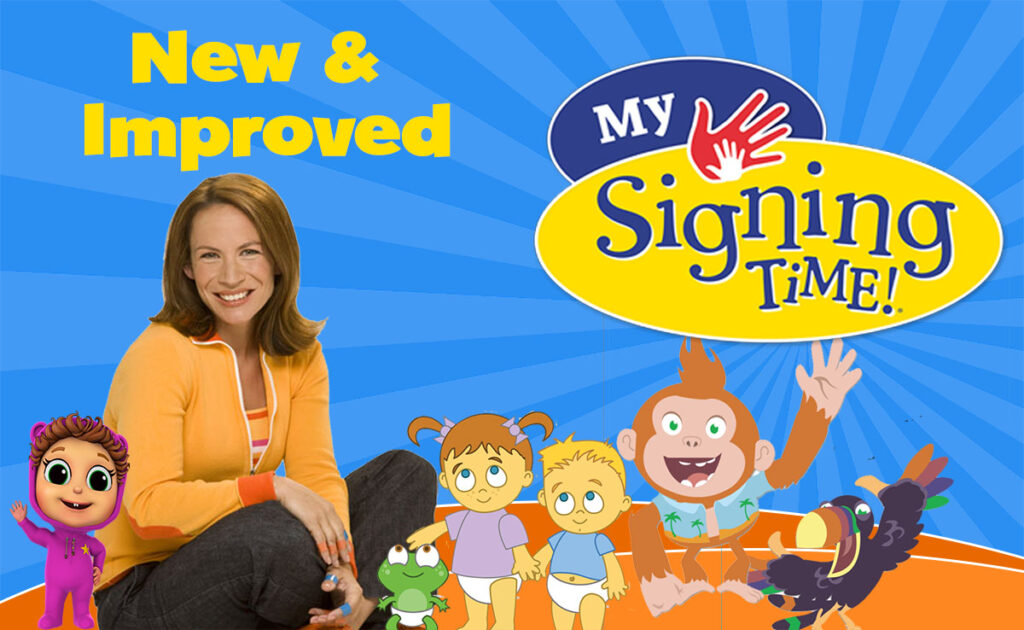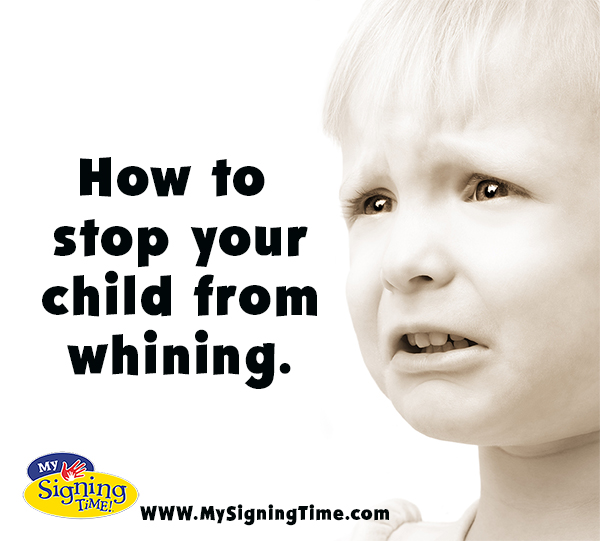What Are You Feeling? – Active Learning
Everyone of all ages have feelings and it is important to be able to express and discuss what we are feeling in healthy ways. Talking about our feelings helps us to connect with those we care about. Being aware of our feelings and being able to discuss them can help us avoid or resolve conflicts more naturally and move through difficult feelings more effectively. Signing Time Dictionary Spend a few minutes a day reviewing the signs for feelings. Watch each video and practice the sign. Parent Resources As parents we must understand our own emotions and be comfortable with discussing …







